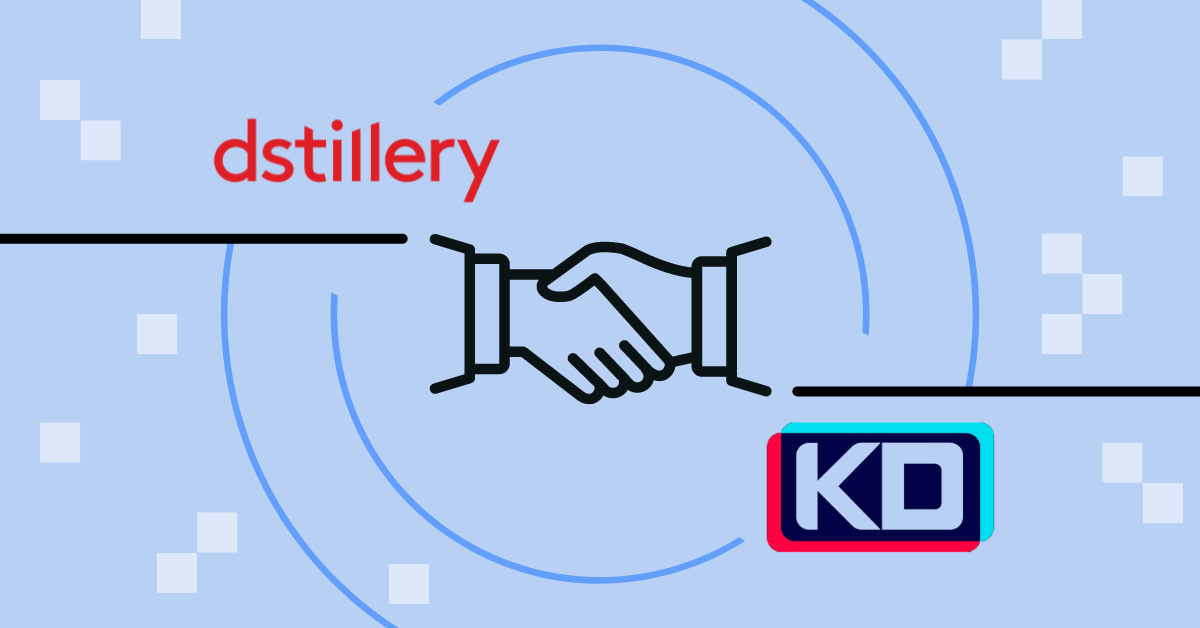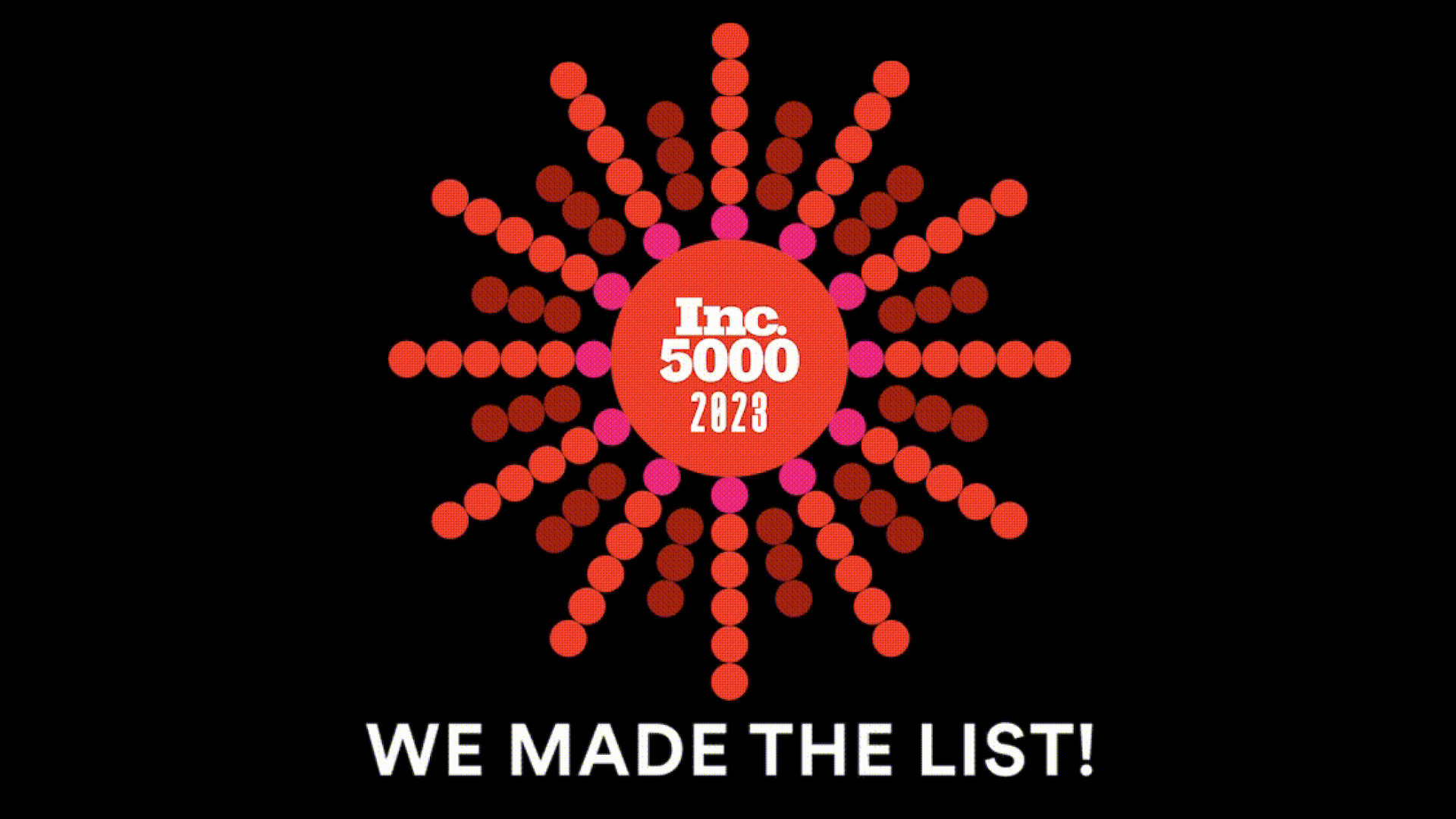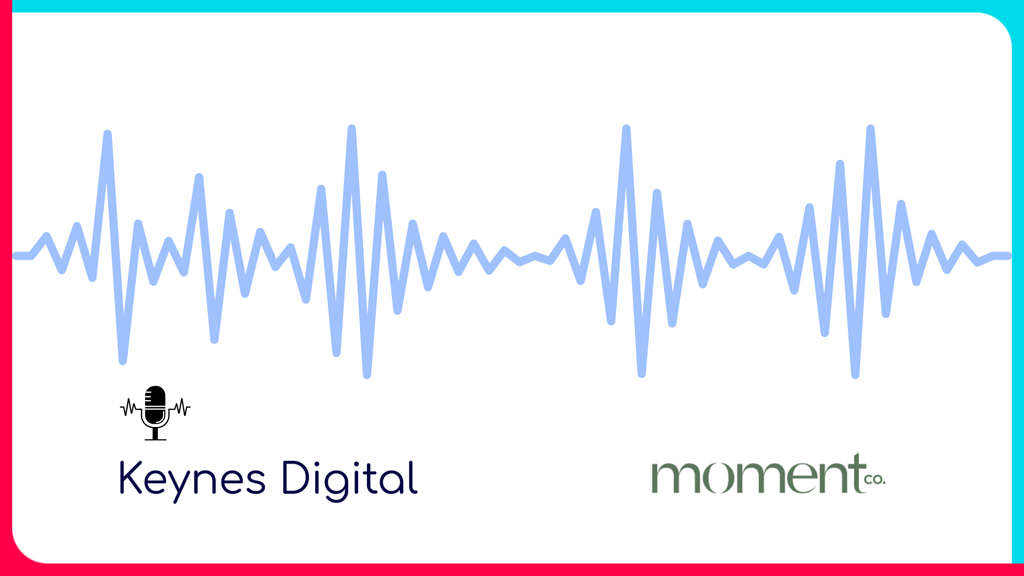Ad Network Vs Ad Exchange
In the dynamic and ever-evolving world of digital advertising, marketers are often confronted with the choice between ad networks and ad exchanges. These two concepts, although seemingly similar, have distinct differences that can greatly impact the effectiveness of marketing campaigns. By understanding the nuances between ad networks and ad exchanges, advertisers can make an informed decision on which platform is most suitable for their needs.
Ad networks serve as intermediaries between advertisers and publishers, aggregating inventory from various websites and selling it to advertisers on a cost per impression (CPM) or cost per click (CPC) basis. In essence, ad networks function as a one-stop shop for marketers looking to purchase advertising space across multiple sites without having to individually negotiate with each publisher. This consolidated approach makes it easier for marketers to manage their campaigns while benefiting from the network’s optimization algorithms that target demographics based on user data.
In comparison, ad exchanges operate as digital marketplaces where advertisers bid in real-time for advertising spaces made available by participating publishers. Through programmatic buying platforms such as demand-side platforms (DSPs), advertisers can set their preferred targeting criteria, budget constraints, and other campaign parameters. Ad exchanges employ real-time bidding (RTB) technology which allows multiple marketers to simultaneously bid on an individual impression. This competitive process results in greater transparency in pricing compared to traditional ad networks.
One of the primary distinctions between ad exchanges vs ad networks lies in their target audience coverage. While both platforms strive to reach relevant users through targeted advertisements, ad exchanges typically offer access to a larger pool of inventory – thanks to connections with multiple supply-side platforms (SSPs) – thereby providing greater reach for marketing campaigns. Additionally, since ads are purchased using RTB technology on an individual impression basis within milliseconds, advertisers have more control over their targeting precision compared to relying solely on pre-packaged audiences offered by ad networks.
Another notable difference between these two advertising channels concerns transparency. Ad exchanges provide greater insight into the purchasing process, enabling marketers to view specific details regarding the ad placements, such as website names and impression-level data. This level of transparency allows advertisers to optimize their campaigns more effectively, based on real-time insights into performance metrics. Conversely, ad networks may not share such granular information with advertisers due to proprietary algorithms.
While both ad networks and ad exchanges serve as platforms for buying and selling digital advertising inventory, they differ in terms of targeting capabilities, transparency, and audience reach. Advertisers should carefully weigh these factors when selecting an appropriate platform for their marketing objectives. By making informed decisions on where to allocate their advertising budgets, marketers can maximize the impact of their campaigns and ultimately drive greater return on investment (ROI).
Ad Network
Ad networks hold a significant position in the world of digital advertising. These platforms serve as intermediaries between advertisers and publishers, facilitating the buying and selling of ad inventory across various websites and apps. Acting as a marketplace, ad networks collect unsold or remnant ad spaces from publishers and sell them to advertisers at lower rates than premium inventory. As a result, they help publishers maximize their revenue potential while providing advertisers with cost-effective opportunities to reach wider audiences.
Several prominent ad network examples can be found in today’s competitive market landscape. Among the most well-known are Google AdSense, Media.net, InMobi, and AppLovin. These ad network companies have made their mark by offering innovative solutions that cater to both advertisers’ and publishers’ needs alike.
For instance, Google AdSense is a widely used ad network that allows website owners to monetize their content by displaying targeted ads on their sites. By analyzing user behavior on websites, AdSense ensures that only relevant ads are shown to visitors, thereby increasing the likelihood of engagement. Meanwhile, Media.net specializes in contextual advertising – it displays ads based on the content of the web page – ensuring high relevance and better user experience. InMobi caters specifically to mobile app developers looking for ways to monetize their apps through in-app advertising. It provides access to global demand partners along with advanced targeting options for maximizing revenue generation.
While ad networks play an essential role in the online advertising ecosystem, it is crucial to understand how they differ from other key players such as demand-side platforms (DSPs) and supply-side platforms (SSPs). These distinctions can impact an advertiser’s choice of platform based on their specific requirements.
A DSP serves primarily as a technology solution for advertisers or media agencies seeking efficient programmatic access to multiple ad exchanges, networks, and SSPs. It automates the buying process by allowing advertisers to bid for ad inventory in real-time using sophisticated targeting parameters and data-driven insights. On the other hand, an SSP is designed for publishers, helping them manage, optimize, and sell their ad space to advertisers across various channels programmatically. Essentially, it streamlines the selling process while maximizing revenues for publishers.
The main difference between an ad network vs DSP or an ad network vs SSP lies in their respective functions within the advertising ecosystem. Ad networks bridge the gap between advertisers and publishers by aggregating unsold or remnant inventory and offering targeted opportunities to advertisers at discounted rates. In contrast, DSPs focus on providing technology solutions for efficient programmatic access to multiple sources of inventory with advanced targeting options, whereas SSPs cater exclusively to publishers by streamlining their ad space selling process.
Ad Exchange
An ad exchange is a digital marketplace where advertisers and publishers can buy and sell advertising space in real-time. It operates as an intermediary that facilitates the automated trading of online advertisements between various parties, including advertisers, ad networks, demand-side platforms (DSPs), and publishers. Ad exchanges represent a significant shift in the way online advertising is bought and sold, dramatically improving efficiency, targeting capabilities, and pricing transparency.
The core functionality of an ad exchange platform lies in its ability to streamline the buying and selling process for all participants. For advertisers, this means gaining access to a wide range of inventory from multiple publishers on a single platform. They can target specific audiences based on demographics, interests, behaviors, or other criteria by using sophisticated algorithms that analyze user data collected from various sources. For publishers, ad exchanges offer an opportunity to monetize their inventory more effectively by connecting them with relevant advertisers who are willing to bid higher prices for their desired audience segments.
There are numerous ad exchange examples that showcase how these platforms have transformed the digital advertising landscape. One such example is real-time bidding (RTB), which allows advertisers to bid on individual impressions based on specific targeting criteria rather than purchasing predefined blocks of inventory at fixed prices. This not only enables them to reach their desired audiences more accurately but also ensures that they pay fair market value for each impression served.
Another notable use-case involves programmatic direct deals between advertisers and publishers conducted through the ad exchange platform. In this scenario, both parties negotiate pricing and other terms upfront while leveraging the automated capabilities of the exchange to execute their campaigns efficiently and transparently.
Several prominent ad exchange companies have emerged as industry leaders over time due to their advanced technology offerings and comprehensive solutions catering to diverse stakeholder needs:
- The Trade Desk: As a leader in the ad exchange market, The Trade Desk brings unmatched credibility. It’s the #1 DSP, boasts impressive capabilities and unmatched credibility within the advertising space offering all solutions and partnerships across endless platforms, including connected TV, audio, display, video, and mobile.
- Google’s DoubleClick Ad Exchange (AdX): As one of the largest global ad exchanges available today, Google’s DoubleClick Ad Exchange offers unparalleled scale and reach for both advertisers and publishers across various platforms, including display, video, and mobile.
- AppNexus: Owned by AT&T’s Xandr, AppNexus is a prominent ad exchange that focuses on helping publishers monetize their inventory effectively while assisting advertisers in reaching their target audiences across multiple channels and formats.
- OpenX: With its advanced real-time bidding capabilities and commitment to transparency and brand safety, OpenX has gained significant traction among both advertisers and publishers seeking a reliable ad exchange partner.
- Rubicon Project: Combining direct deals with real-time bidding options, the Rubicon Project offers a versatile ad exchange platform catering to the needs of various industry stakeholders.
- Index Exchange: Known for its sophisticated programmatic solutions, Index Exchange has emerged as a popular choice for both advertisers and publishers looking to streamline their digital advertising activities through an efficient ad exchange platform.
The advent of ad exchanges has revolutionized the digital advertising ecosystem by offering enhanced efficiency, targeting capabilities, and pricing transparency to all players involved. By adopting these innovative platforms, advertisers can optimize their campaign performance while publishers can maximize revenue potential.
Programmatic Advertising
Programmatic advertising is an innovative approach to digital marketing that involves the automated purchase and sale of advertising spaces on various online platforms. Through a combination of data-driven algorithms, artificial intelligence, and real-time bidding, advertisers can efficiently target their desired audience while publishers optimize ad revenue. This advanced system streamlines the process by removing tedious manual tasks such as insertion orders and negotiations, thereby increasing efficiency and reducing the risk of human error.
You may be wondering, “How does programmatic advertising work?”. At its core, programmatic advertising relies on DSPs for advertisers and SSPs for publishers. DSPs enable advertisers to buy ad impressions across a wide array of publisher sites while SSPs help publishers manage their available ad inventory. When an advertiser targets a particular audience using specific criteria such as demographics or browsing history, the algorithm analyzes this information in real-time to determine which ad should be displayed to that user.
One key aspect of programmatic advertising is real-time bidding (RTB). As the name suggests, RTB is an instantaneous auction that occurs within milliseconds when a user visits a website with available ad space. Advertisers compete against each other in these auctions by submitting bids based on how valuable they deem the impression to be. The winning advertiser’s ad is then displayed on the publisher’s site, ensuring that ads are targeted at users who are most likely to engage with them.
Programmatic media is a broad term that encompasses various types of digital content where programmatic advertising can be applied. This includes display banners, video ads, native advertisements, social media promotions, and more.
A notable subset of programmatic media is programmatic display advertising – ads that appear as banners or other visual elements on web pages. These ads can consist of static images or rich media formats such as GIFs, animations, and interactive elements. Programmatic display advertising allows marketers to target users based on factors like the content of the page, user demographics, or behavioral patterns. This precise targeting enables advertisers to deliver relevant messages that resonate with their audience while maximizing return on investment.
A practical example of programmatic advertising in action can be seen when a consumer visits a travel blog. Based on their browsing history and interests, an ad for a tropical vacation package may appear as they scroll through the blog’s content. The advertiser responsible for this ad won their spot through real-time bidding and targeted the user based on specific criteria like recent searches for vacation destinations or frequent visits to travel-related websites.
The benefits of programmatic advertising extend beyond its ability to improve targeting precision and campaign efficiency. Its data-driven nature allows marketers to gain valuable insights into consumer preferences and behaviors, helping them refine their strategies over time. The wealth of data generated by programmatic campaigns also supports robust performance measurement, allowing advertisers to continually optimize their efforts and ensure they are allocating budgets most effectively.
As the industry evolves amid emerging challenges and opportunities, marketers who harness the power of programmatic will be well-positioned to drive meaningful results in an increasingly competitive landscape.
Google Ads
Google Ads, formerly known as Google AdWords, is a robust online advertising platform developed by Google that allows businesses to display their ads on Google’s search engine results pages (SERPs), YouTube, and across various websites within the expansive Google Display Network. As a multifaceted advertising solution, Google Ads plays an integral role in both ad networks and ad exchanges.
Google Ads serves as one of the most popular and effective ad networks available. By utilizing its extensive database of user information and sophisticated algorithms, Google Ads is capable of targeting specific audiences with precision, ensuring advertisers reach their desired demographics while maximizing return on investment (ROI). Additionally, publishers can monetize their websites by displaying relevant ads from the vast pool of advertisers utilizing the platform.
While separate entities from ad networks like Google Ads, ad exchanges often work in tandem with them to facilitate transactions efficiently. A notable example is Google Ad Manager – a comprehensive solution provided by Google designed to streamline the process for managing advertisements across multiple channels.
Google Ad Manager functions as both an ad server and an exchange platform. It connects seamlessly with several other platforms such as open auction marketplaces or private auctions set up by individual publishers through programmatic advertising techniques. This integration enables advertisers using Google Ads to access a broader range of inventory across different sites, reaching new audiences while retaining control over costs associated with targeting specific niches.
Understanding the interplay between Google Ads, ad networks like itself, and ad exchanges such as those facilitated by services like Google Ad Manager is critical for businesses looking to capitalize on digital marketing opportunities effectively.
Keynes Digital
Keynes Digital has carved its niche by leveraging innovative technology solutions to streamline and amplify advertising campaigns. In this competitive milieu brimming with countless choices for ad networks and ad exchanges, Keynes Digital stands out by offering unparalleled expertise, advanced programmatic solutions, and audience-first targeting approach. Proficiency in employing cutting-edge technologies such as artificial intelligence (AI) and machine learning allows us to meticulously analyze copious data points while delivering optimized recommendations for each campaign.
We are dedicated to cultivating transparent relationships between all parties involved in the advertising ecosystem. This commitment materializes through our rigorous vetting process that meticulously scrutinizes each publisher before inclusion within their network. Consequently, advertisers can be assured that they are working with reputable partners who share a common goal – elevating the performance and efficacy of marketing campaigns.
Keynes Digital starts with a strong partnership with The Trade Desk. As industry leaders, they offer cutting-edge products and innovative solutions that prioritize privacy and foster an open Internet world.
With The Trade Desk as our preferred demand-side platform (DSP), we ensure that our clients receive the best tools and technology to drive successful advertising campaigns. Their commitment to privacy-centric practices aligns perfectly with our values and ensures a secure and transparent advertising ecosystem.
Keynes Digital transcends the realm of ordinary ad networks and ad exchanges by offering a holistic suite of services tailored to cater to the unique requirements of each client. Partnering with us not only guarantees access to an extensive network of premium publishers but also ensures that campaigns are driven by data-driven insights, resulting in enhanced targeting and heightened return on investment (ROI).
Industry Expert Insights
We are your high-touch, performance-focused streaming TV and programmatic advertising partner. Our team of experts and a one-of-a-kind data-driven platform connects you to the best streaming TV marketing strategies.









































